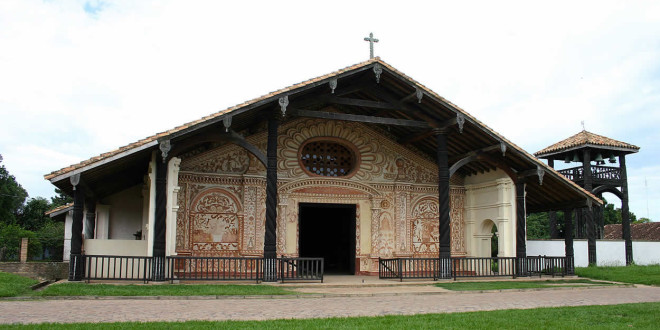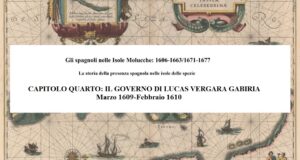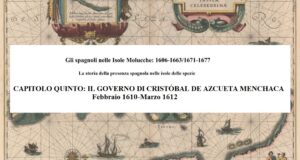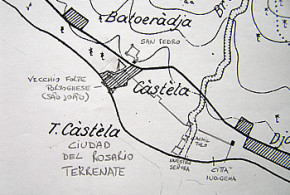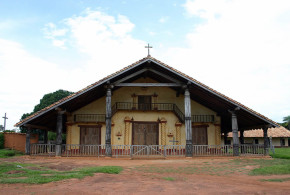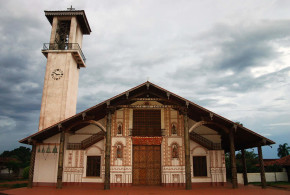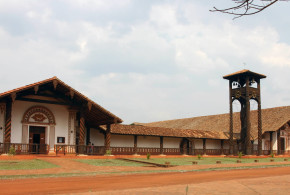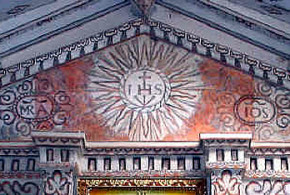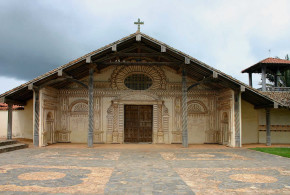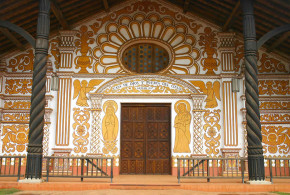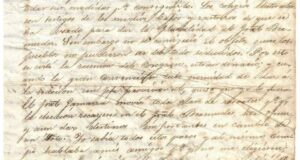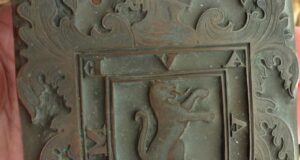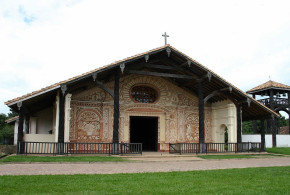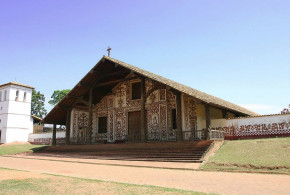Written by Geoffrey A. P. Groesbeck
San Rafael de Velasco, the second oldest mission settlement in the Chiquitania, was established in 1696 by the Jesuit missionaries Juan Bautista Zea and Francisco Hervás (each of whom later co-founded two other missions). It was settled largely as what was then anticipated as an eventual way stop along the road to other Jesuit missions further east in Paraguay. Translated once in 1701, completely destroyed by fire in 1719, sub-divided a few years later (the spun-off portion became the reducción of San Miguel de Velasco) and translated again in 1750, it shares many of the same characteristics that nearby Santa Ana de Velasco and San Miguel de Velasco possess: a timeless charm, tranquil lifestyle, fidelity to its Jesuit-inspired traditions, and a lovely church.
The church bears a faint resemblance to that of Santa Ana in that both employ mica on their walls to refract the sunlight, giving the interior at times a glittering effect. Several of its carvings are original. The town boasts a beautiful Martin Schmid-built church, one of the most impressive of those of the mission towns. It was the first to be restored by the late Hans Roth, et al., starting in 1972. San Rafael de Velasco is roughly equidistant from both towns, and the last stop before the trek south to San José de Chiquitos.
A visiting Jesuit priest, Felix Plattner, arrived in San Rafael de Velasco in 1952 and spearheaded the effort to restore at least one of the Chiquitos templos before it was too late. Fifteen years later, with initial funding from the government of Switzerland and several Austrian Catholic entities and individuals, Hans Roth and his colleagues did what almost everyone said could never be accomplished. They then replicated their work across six other Jesuit missions as well. (Ironically, the templo Roth so lovingly restored was actually the town’s second church: The first was in ruins when Schmid took up the cause of building it anew in 1747.)
Like San Miguel de Velasco, San Rafael de Velasco also remains an active mission, and there is a convent and workshops within the church complex. Also as with San Miguel de Velasco, it boasts a disproportionate number of artisans. The reputation of these craftsmen is growing, and it is possible that in the next few years this town of barely 5,000 may become the centre for the finest in Chiquitano art.
The town’s patronal feast is on 24 October, and offers a rare opportunity to see traditional dances like the sarao and viejitos lanceros performed. These are indigenous to the far eastern reaches of the Chiquitania, and are direct links to its distant Jesuit past.
A bit further south (6.2 miles, or 10 kms, out of town) are the hamlets of Santa Isabel and Santa Bárbara, amongst the first places to support Bolivia’s independence movement. In 1815, the future independence leader Ignacio Warnes (who was Argentine, not Bolivian) killed about one thousand Chiquitano natives, who had been duped into proclaiming allegiance to the Spanish crown. History books note that Warnes defeated a contingent of “Spanish troops” outside of Santa Bárbara, yet almost every “soldier” was a defenseless indigenous field hand. Ironically, the few genuine soldiers under Warnes’ command who were killed (almost none of whom were native Bolivians) are considered amongst the first martyrs in the battle for independence. The many hapless Chiquitano who died without ever understanding why they were fired upon are almost never mentioned.
Written by Geoffrey A. P. Groesbeck
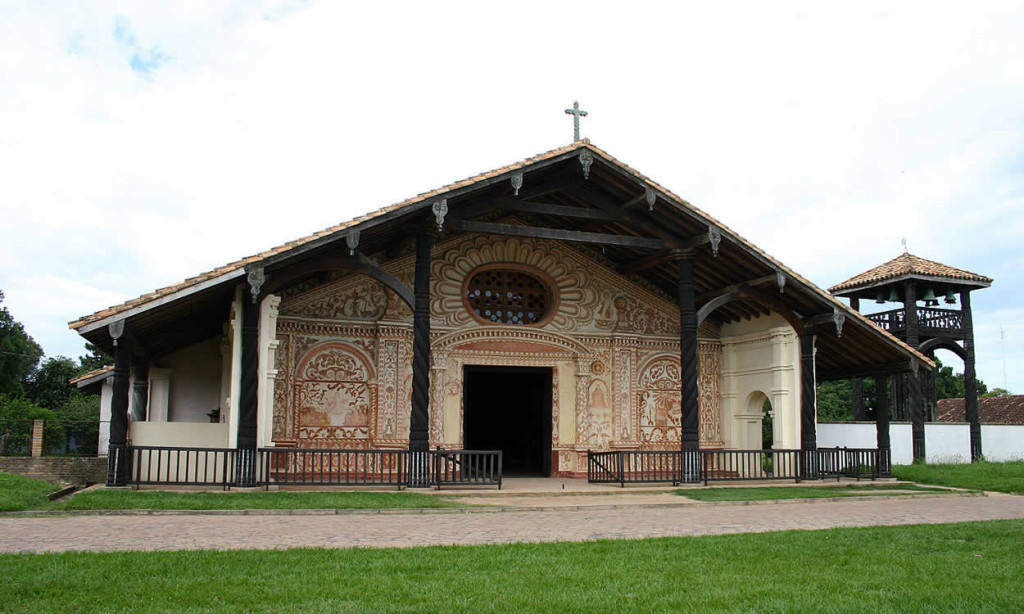
 Colonial Voyage The website dedicated to the Colonial History
Colonial Voyage The website dedicated to the Colonial History
